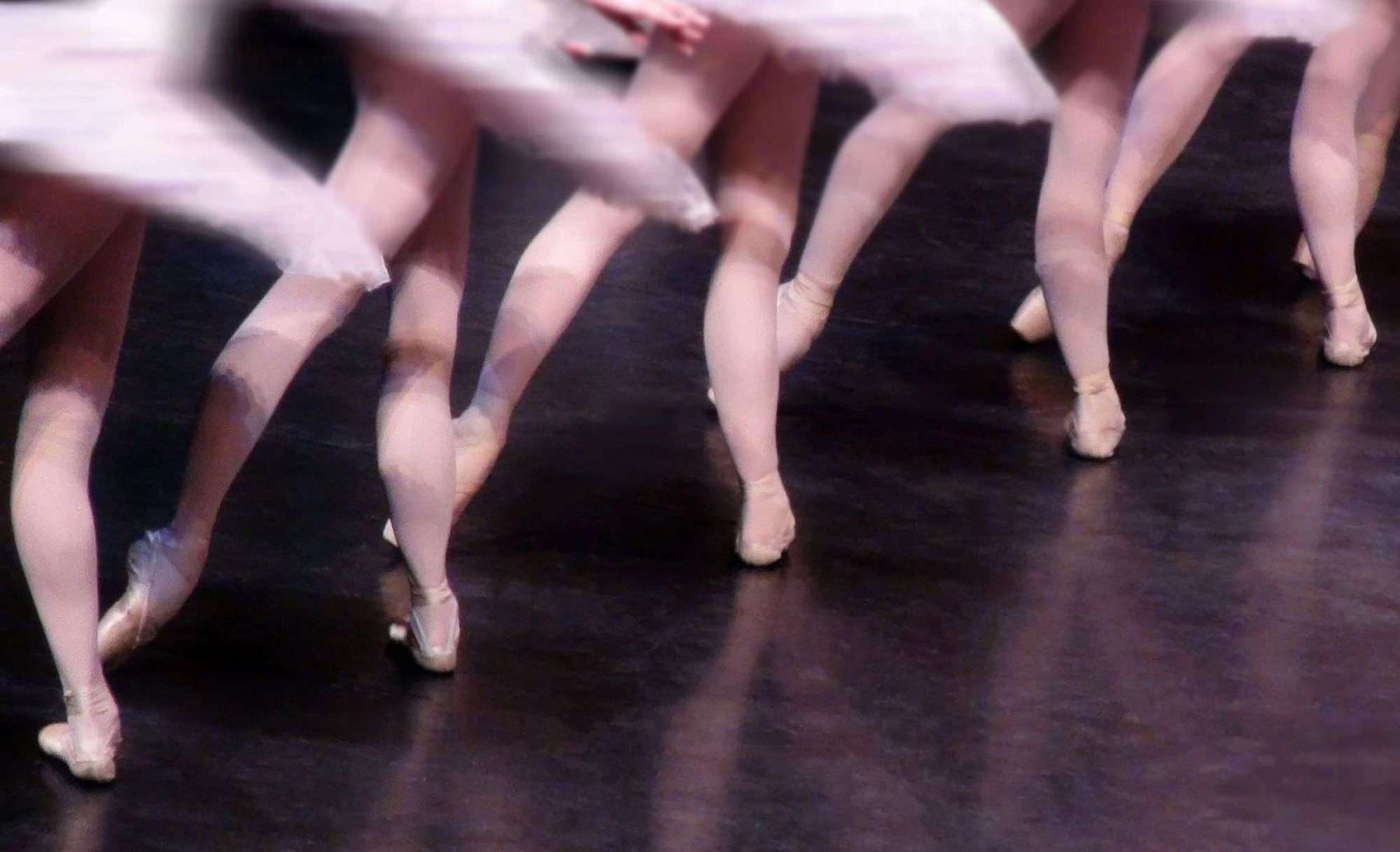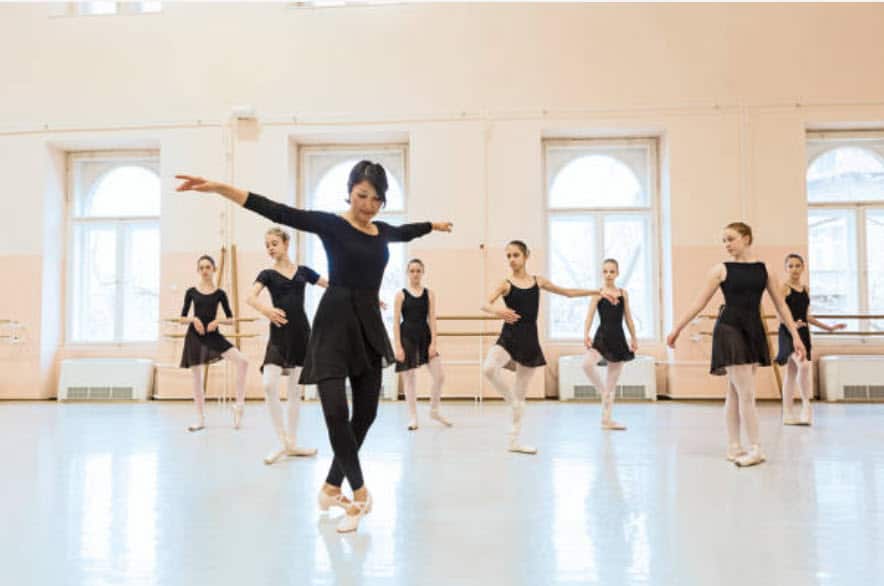I spoke to a Teaching Methods class this week. They’re all young college students preparing for a career teaching dance, and the professor invited me to talk and answer questions about my teaching career. She especially wanted them to hear about how my dance career detoured to 23 years of working at a bank before getting back on track. It was wonderful!
It’s been YEARS since I’ve posted on this website. I’ve felt like an imposter because I hadn’t been in the classroom or on the stage in such a long time. When I could leave the corporate world in 2024, I returned to teaching. Now I’m an instructor at the Charlotte Ballet Academy in North Carolina. I’m teaching 9-12-year-olds in the lower school. During The Nutcracker, I worked backstage getting kids in costumes and leading them to and from the stage for several shows.
The important thing to note is that even though I’d been away for a very long time, I remember everything. I told the directors of the school how out of shape I was, that I was worried I couldn’t demonstrate because when I pointed my foot, it immediately cramped. I felt overweight. They sent emails back, allaying my concerns, saying that my resume made me more than qualified.
I needed six months, but I returned to teaching within two weeks of the interview. It wasn’t easy. My feet cramped, my legs ached, and my HIPS! Oh, my hips would have cried if they could. It’s impossible to teach kids at that level without demonstrating, and it’s impossible to demonstrate without standing in 5th position. I’m teaching three 90-minute classes a week, plus an hour of pointe strengthening/beginning pointe, as well as substituting occasionally at this school and another school nearby. My hips still hurt when walking up steps after teaching, but six months later I’ve lost weight and gained strength and confidence.
When I started this website, it focused primarily on combinations for ballet class. I’ve compiled a lot of combinations into a book, Classical Ballet: Ten Complete Advanced Classes, which is available on Amazon in print or kindle and is selling well. As years went by without stepping foot in a classroom, I didn’t feel confident giving advice to teachers by writing posts. But I’m back!
There were a lot of points made, and questions asked/answered in the Teaching Methods class, and I think I’ll break them down into separate posts because there are stories that go along with each. The interesting thing is that while I always felt dance prepared me for so much of what I had to face in life, on the flip side, the living that I’ve done has contributed to what I bring to the classroom in new ways.
Having kids of my own is probably the biggest factor. I’m more aware of issues that students face, and it tempers my interactions with them. Some are coping with the death of a parent, others with eating disorders or dyslexia. I’m doing my best to offer them a supportive and positive environment to learn new skills and improve their technique. It doesn’t matter if they pursue a professional career in dance. I am focusing on today, and regardless of where dance takes them, I hope to teach them that discipline begets progress and that a stick-to-it attitude will enable them to achieve their hearts’ desires.






